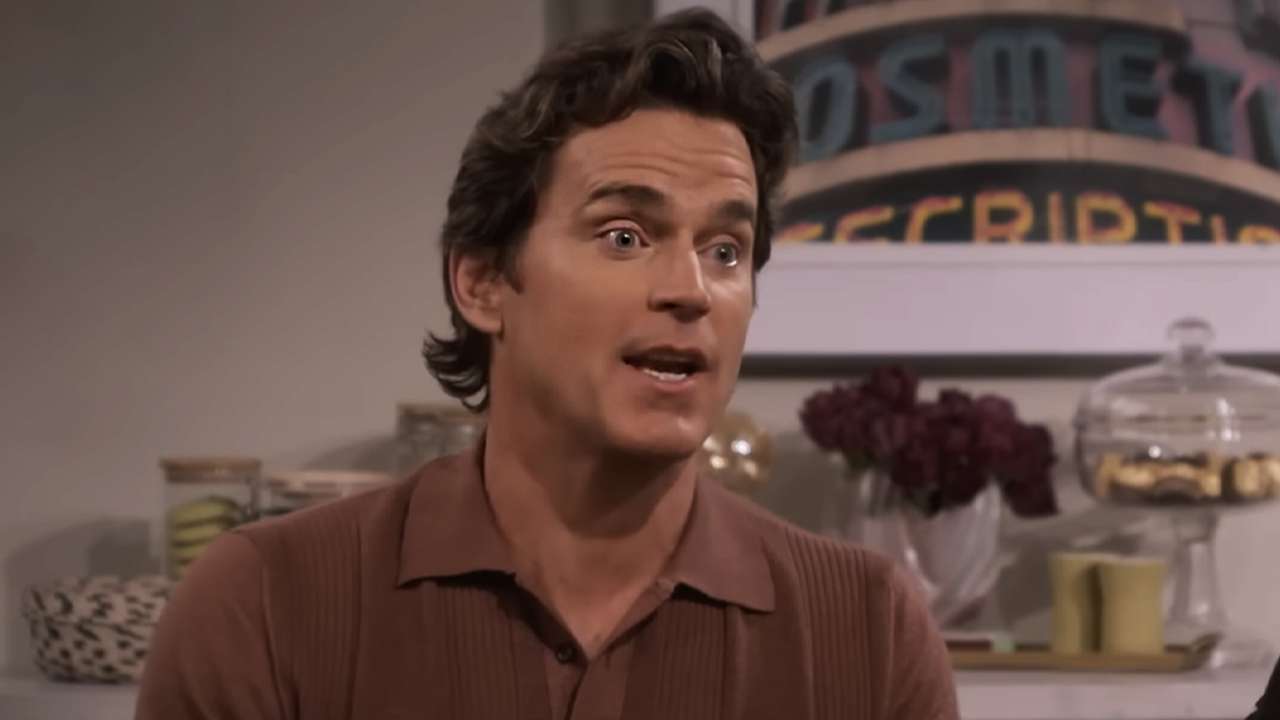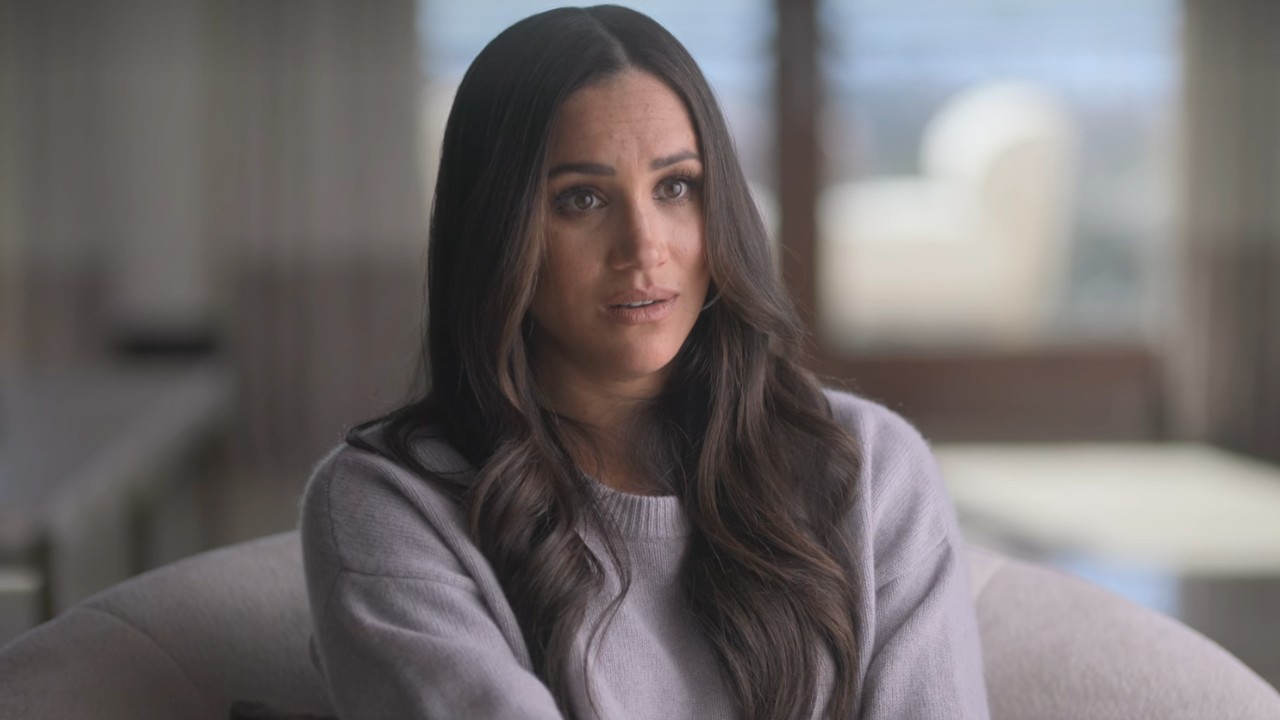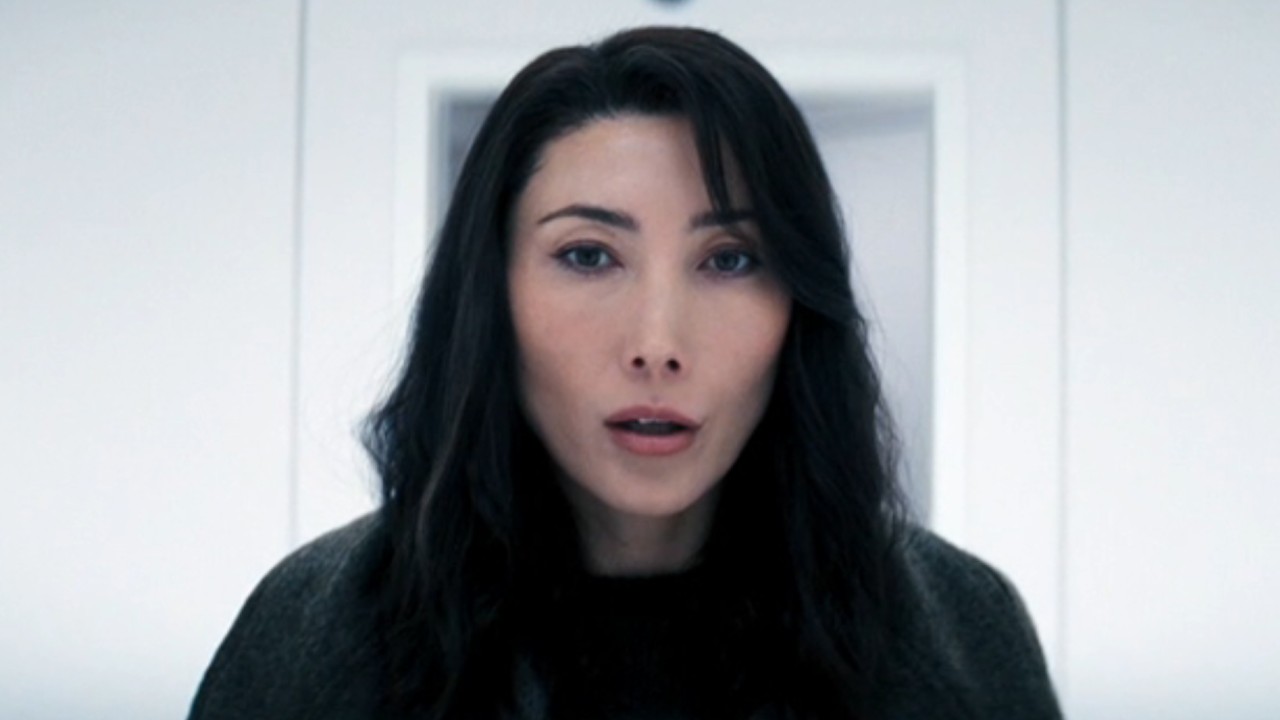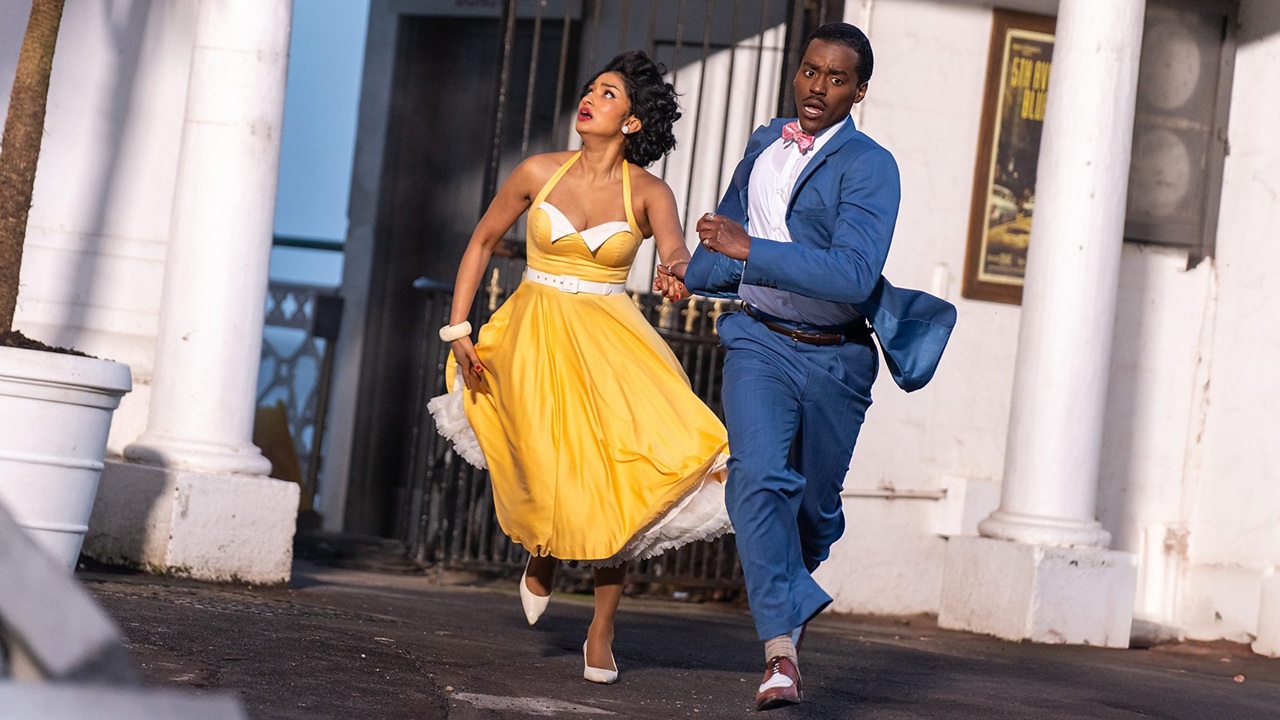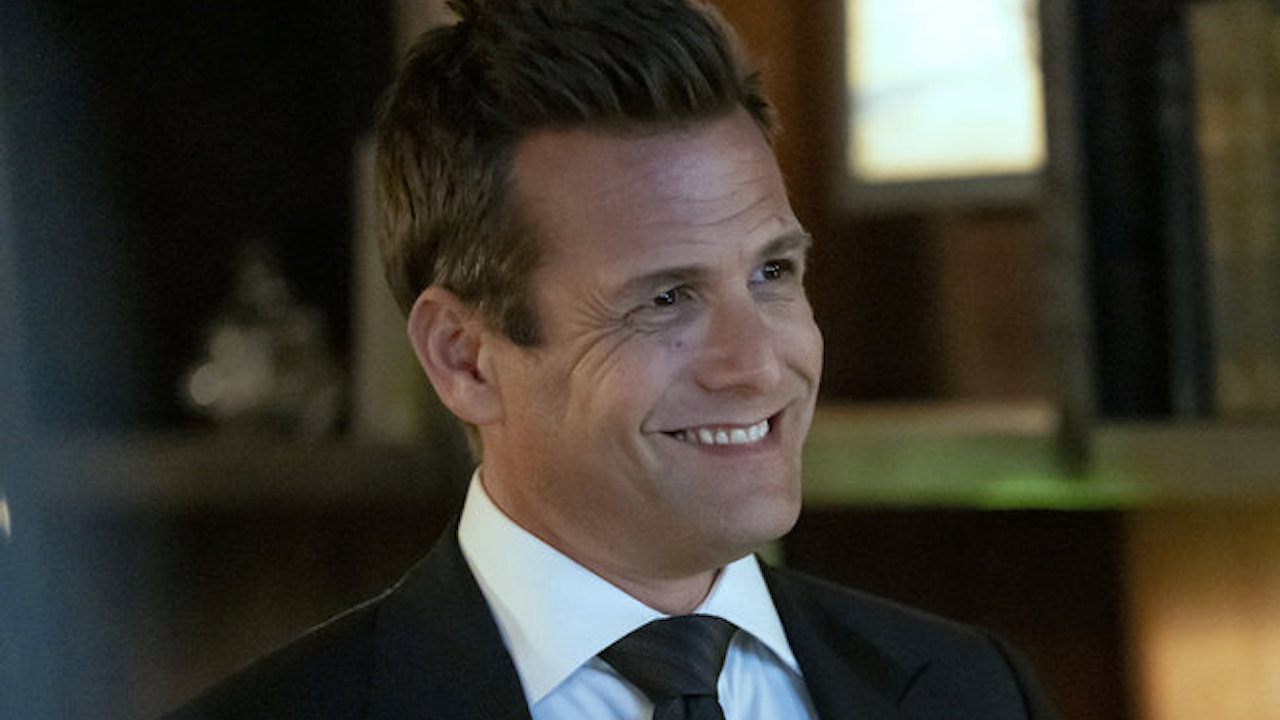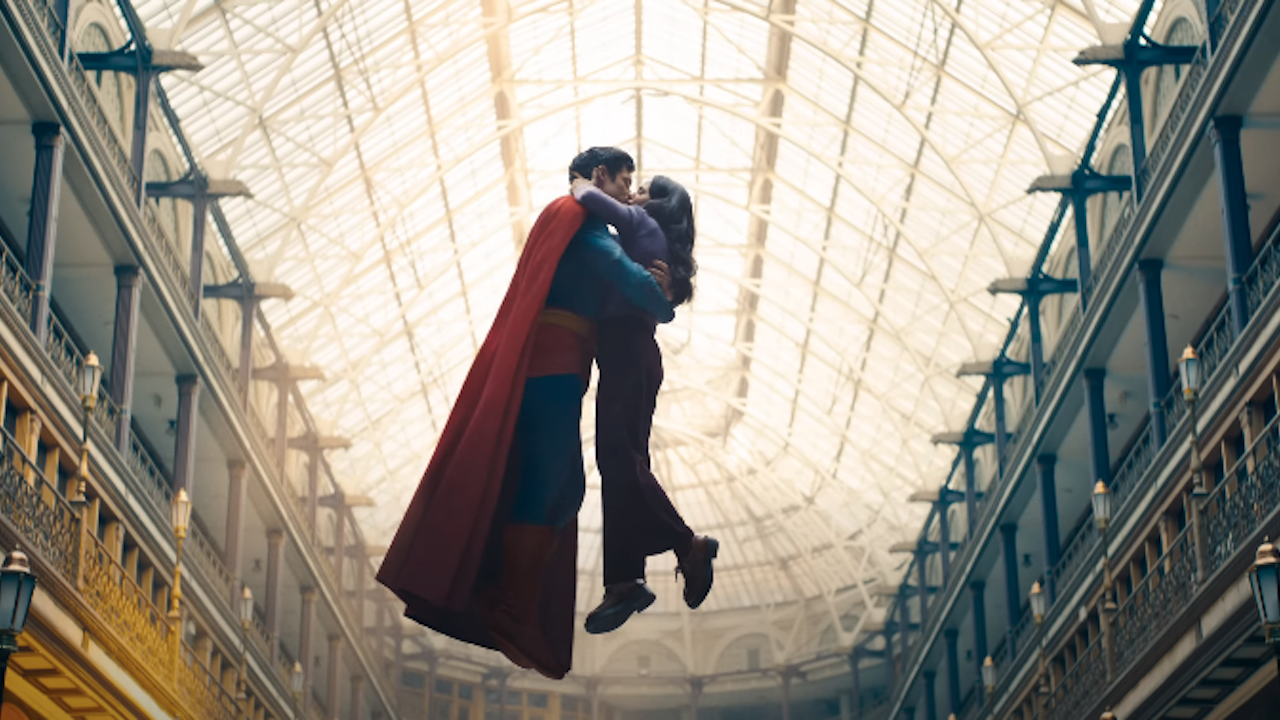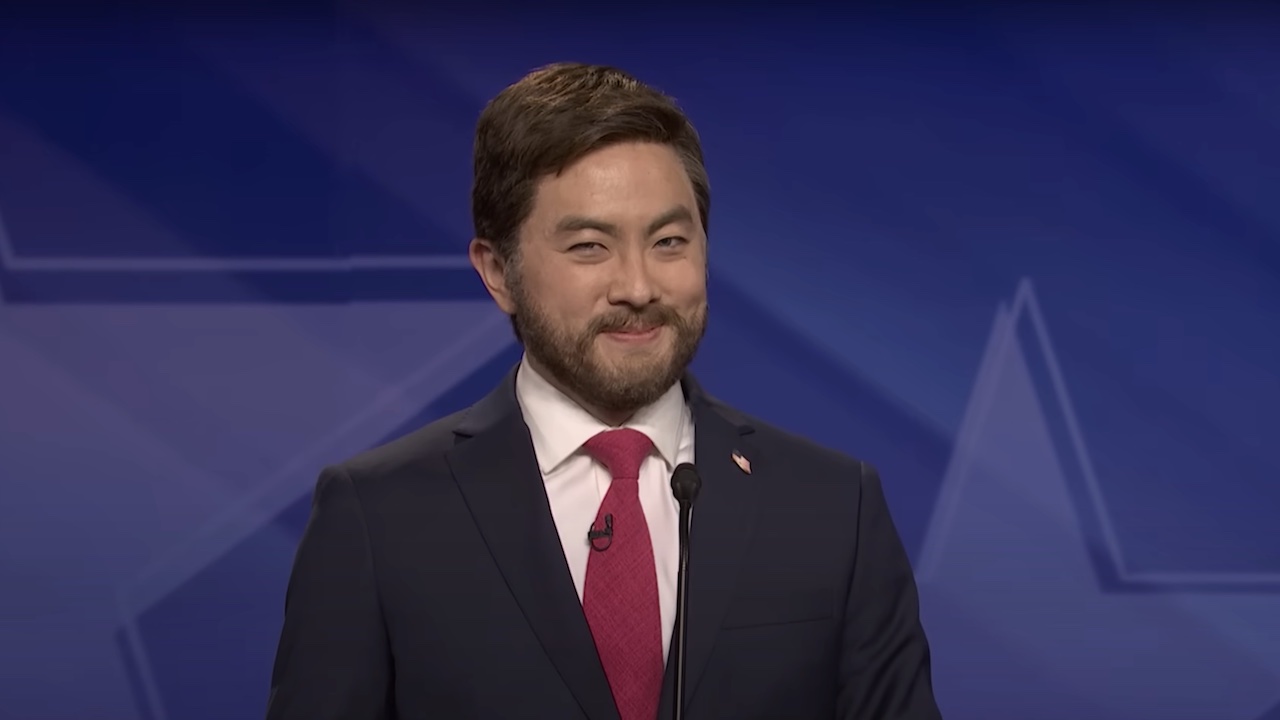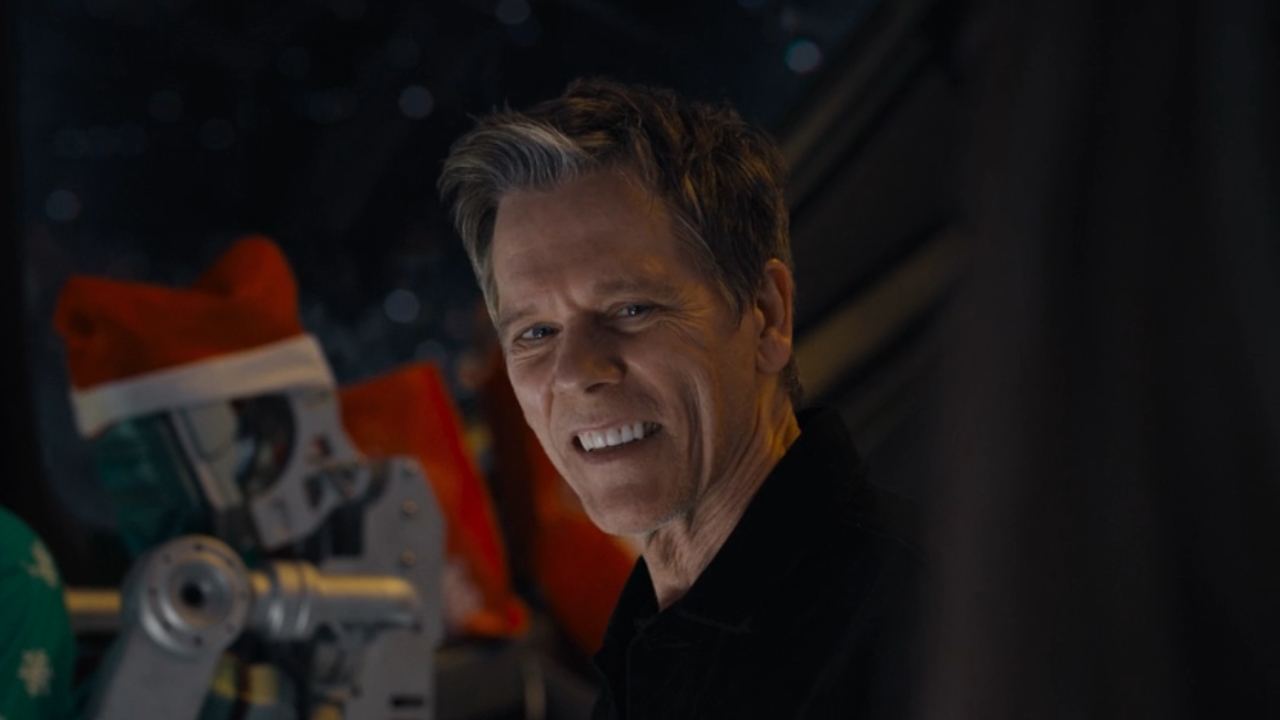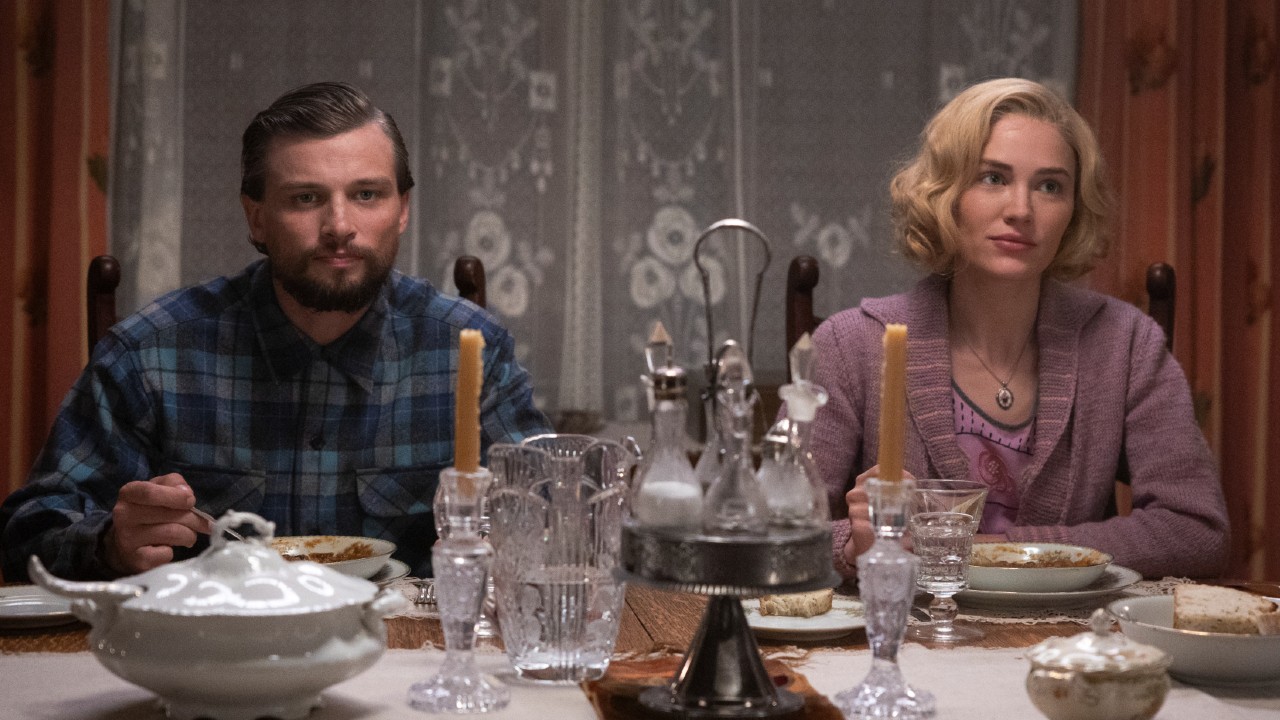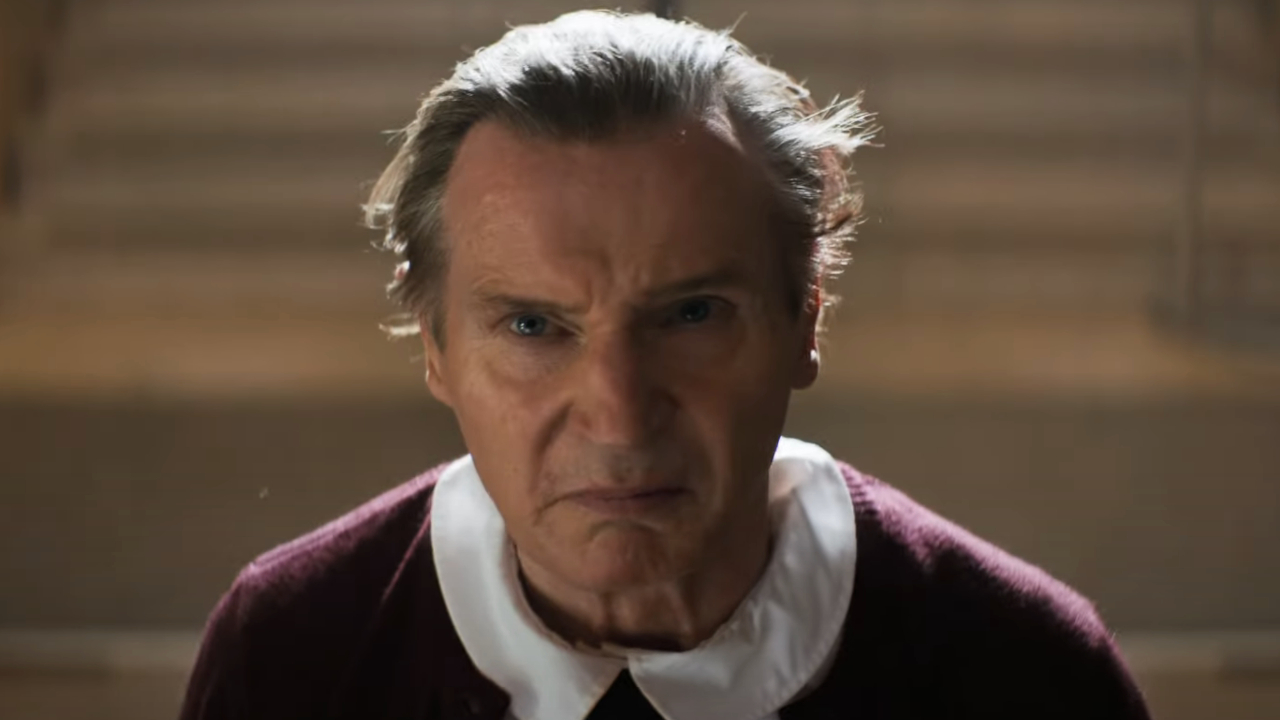Road To Roma: 12 Things We Learned From Netflix's Roma Documentary
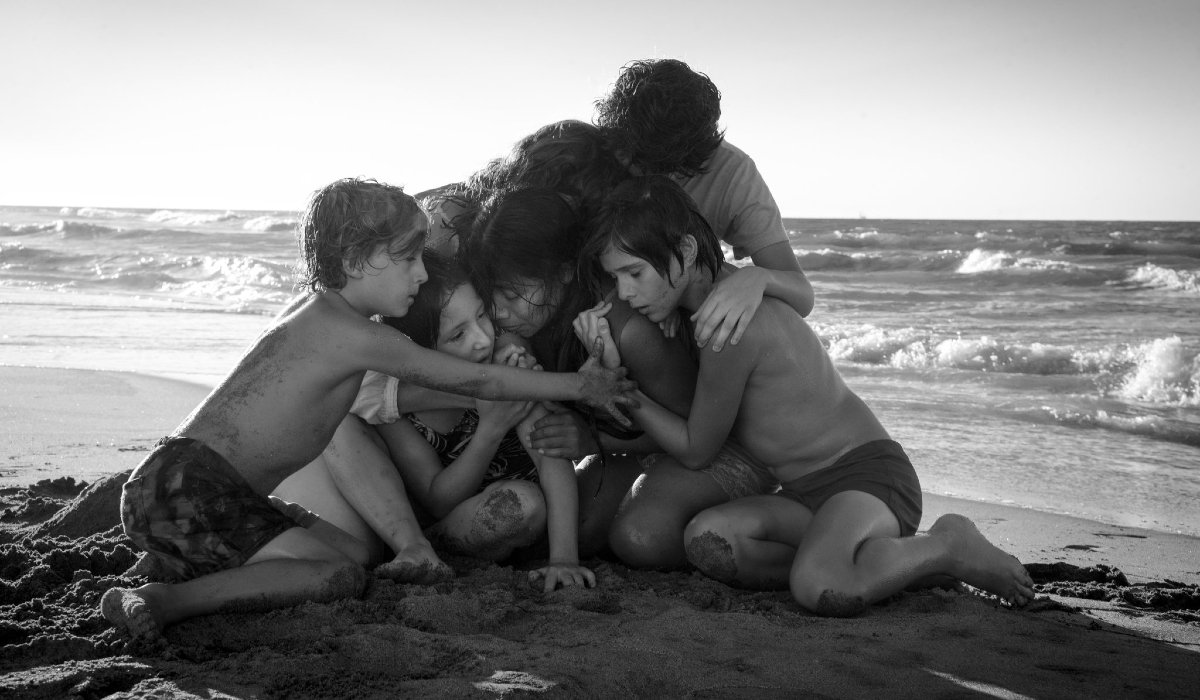
2018 marked some pretty important milestones in Netflix’s history of original films, as director Alfonso Cuarón’s intimate portrait Roma was the first original from the streaming service to be nominated for the honor of Best Picture. This eventually lead to the film being selected as a Criterion Collection release for home video, which includes the documentary Camino A Roma, which translates to the English title Road To Roma.
Recently released into the Netflix library, Road To Roma is a deeper look into the process and intent behind Cuarón’s vision for Roma. Showing footage from a one-on-one interview, as well as the shooting of the film itself, it’s a firm reminder of just how amazing the movie is.
It’s through this documentary that a lot of different and insightful facts are revealed, several of which we’ve pulled out of Camino A Roma as examples of things we learned from the experience. While this isn’t a totally comprehensive list, as there’s a lot to learn, here’s what we found to be most insightful.
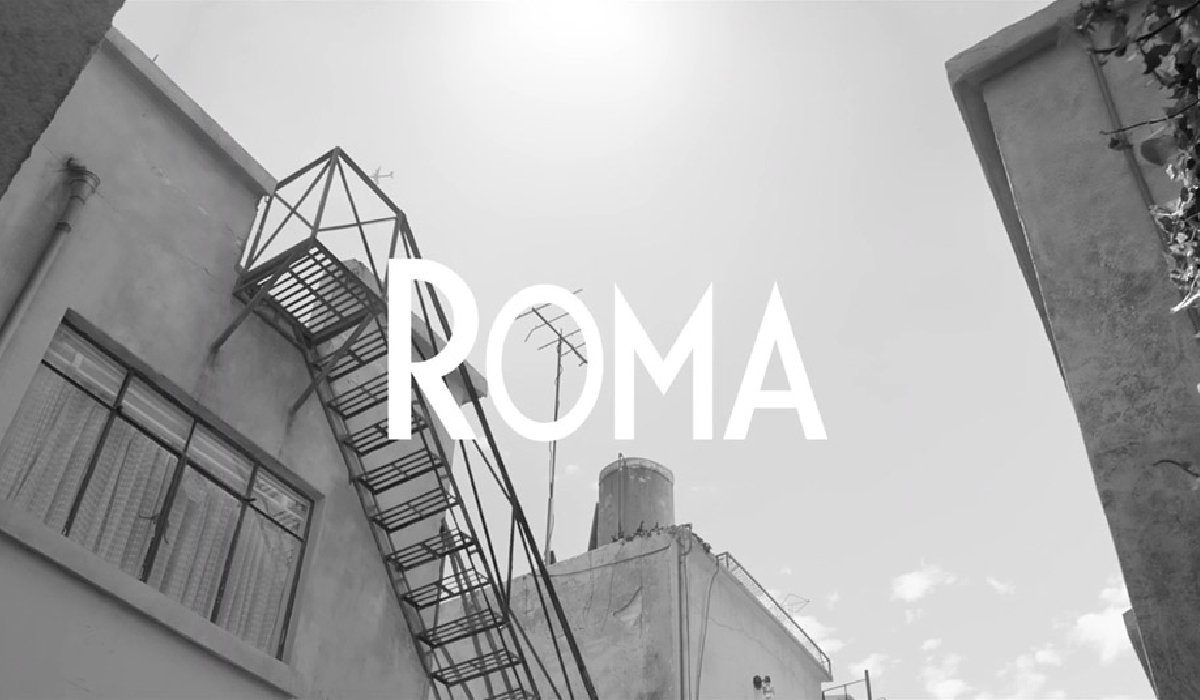
Camino A Roma Might Be The First Criterion Special Feature To Arrive On Netflix
Our first factoid isn’t in the film, but instead comes from its existence. As listed in the description for Road To Roma, this special feature is part of the Criterion Collection’s physical home video release of Roma, which is currently available on the market.
As both Netflix and Criterion have started a relationship that will see future home video releases of originals like The Irishman and Marriage Story, we might get to see more special features like these on the streaming side in the future.
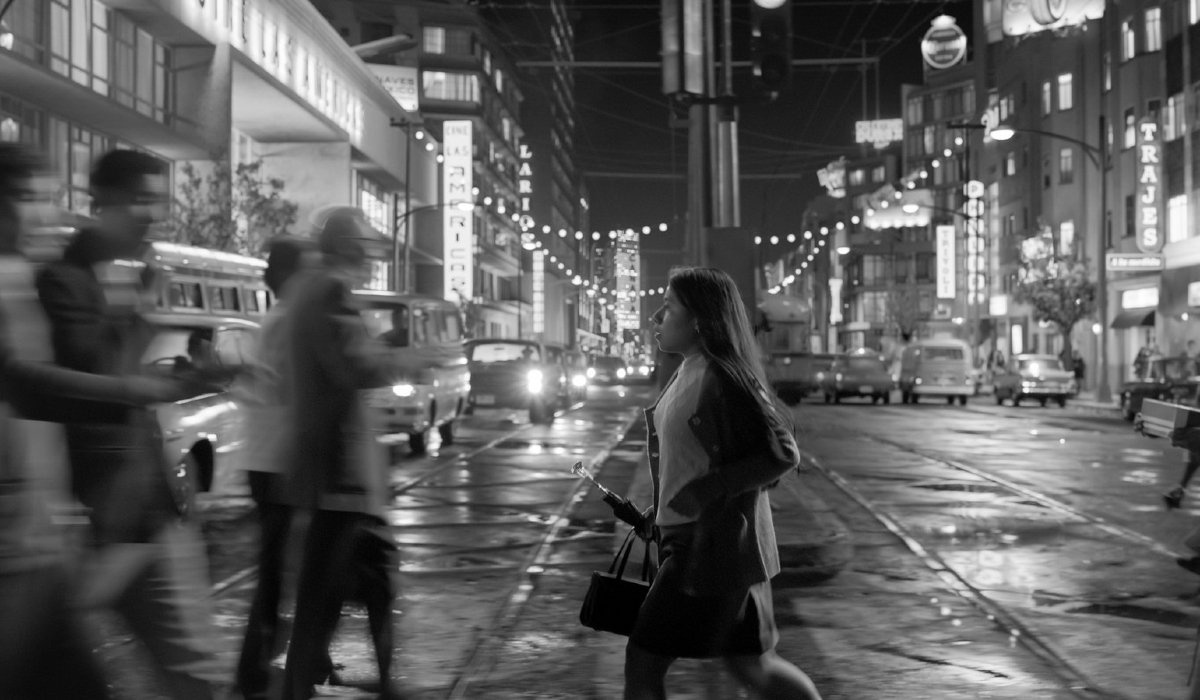
Alfonso Cuarón Didn’t Initially Want To Write A Screenplay For Roma
When crafting the story for Roma, Alfonso Cuarón didn’t want to stick to a standard cinematic narrative. In fact, when describing his process, the writer/director mentioned the following as his intent:
There was no screenplay at first. I wasn’t going to write one. I wanted to start by recreating the sensory part of it.
Eventually, Alfonso Cuarón would write a screenplay for Roma. However, he had his own ways of making sure the film’s reality
CINEMABLEND NEWSLETTER
Your Daily Blend of Entertainment News
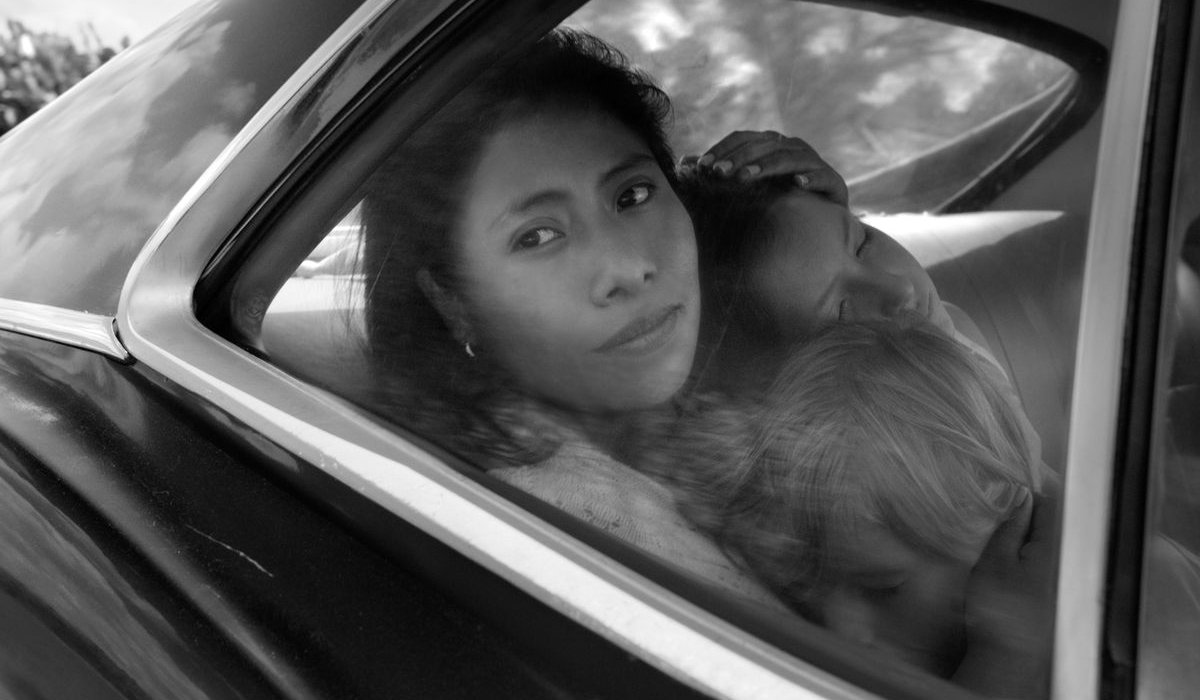
Cuarón Skipped His Usually Meticulous Research For Roma
If there’s a driving factor for what Roma became, it’s the concept of memory. Alfonso Cuarón didn’t dive into any sort of deep research he did on films such as Children of Men or Gravity. Rather, the sort of authenticity that Roma was trying to build was the world as Cuarón remembered growing up in.
The lack of research not only helped him feel like the movie was more real, but it helped Alfonso Cuarón feel out the story. Even smaller details, like the messiness of the family fridge and what sort of food containers were inside, was orchestrated by Cuarón’s memories.
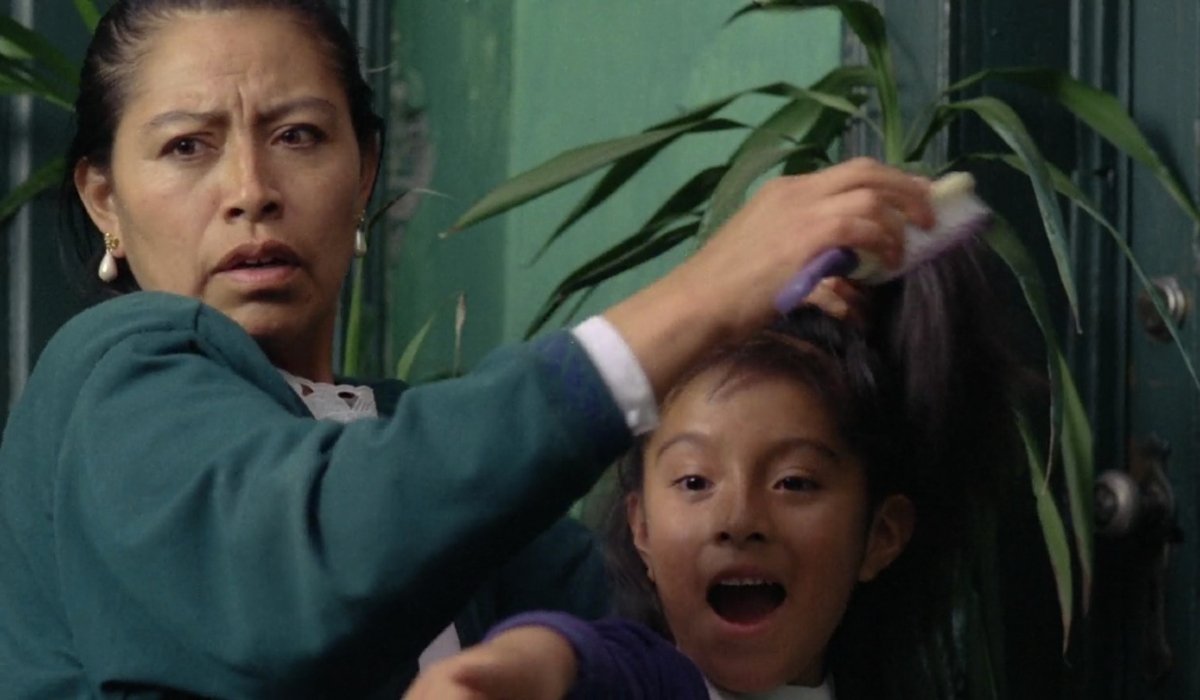
Alfonso Cuarón Actually Cast His Childhood Nanny In Some Earlier Films
In the story of Roma, Alfonso Cuarón’s functional lead character, Cleo (Yalitza Aparicio) was based off of a real figure in Cuarón’s childhood. Nanny Liboria “Libo” Rodriguez, the woman who helped take care of Alfonso as a child, actually played a nanny in an early Cuarón masterpiece: the Diego Luna and Gael Garcia Bernal starring dramedy Y Tu Mama Tambien.
Her character looked after Diego Luna’s protagonist, Tenoch, and her big scene is actually shown in Road To Roma. In addition to that particular role, Rodriguez was also cast in Alfonso Cuarón's debut film, Sólo con tu pareja, in a rather hysterical cameo. So naturally, as much as he respected Libo to cast her in his early films, it was only a matter of time before he’d want to make a movie that was partially about her influence in his life.
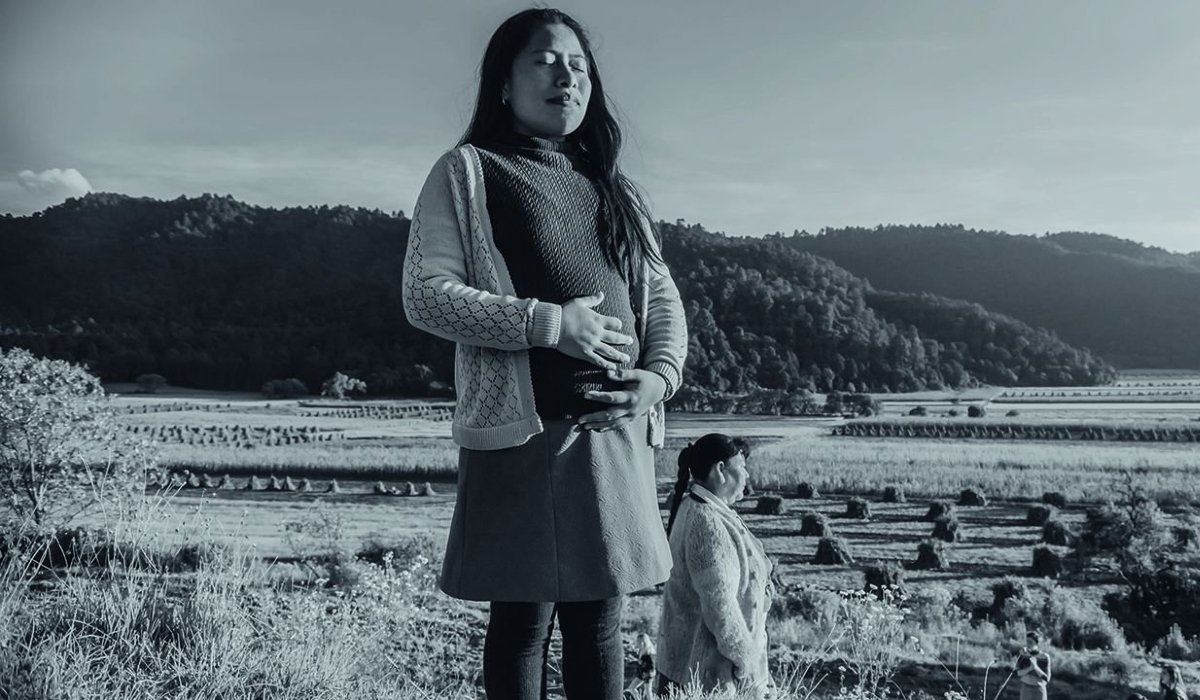
The Actors In Roma Were Never Given The Full Script
When casting actors for Roma, Alfonso Cuarón wasn’t concerned with whether or not those he cast in the film were professional actors. As long as whomever he cast could actually act, that’s all that mattered. Knowing that he never gave any of them the script to Roma, we can see why that was particularly important.
During shooting, Cuarón would tell the actors on set what they needed to know for their characters in that moment. But besides those details, nothing else was known to the actors in the cast of Roma. This would lead to one of the film’s most memorable performances, but more on that later.
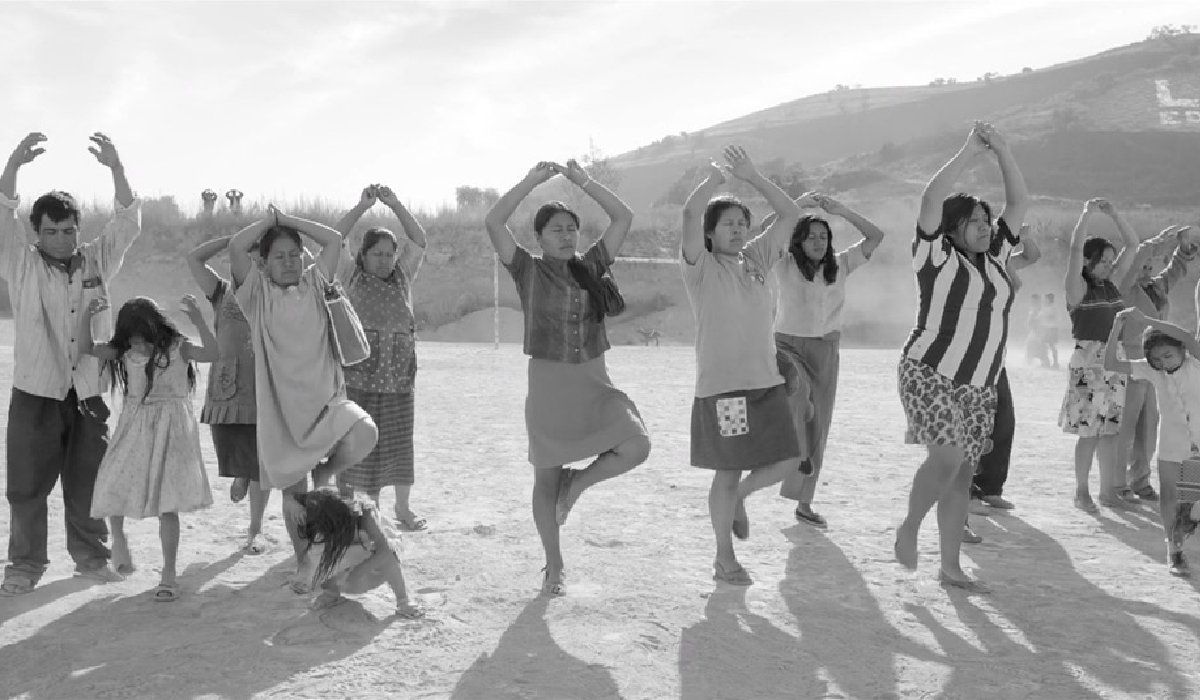
Even The Extras Casting in Roma Was Extensive
There was an extra level of perfectionism that Alfonso Cuarón added into his process when casting Roma’s Mexico City of the ‘70s. With the extras that were selected to populate the film’s background, there was a more intense criteria of breaking down who was needed.
Factors such as gender, social demographic, and whether they’d be in in cars or walking on the street were considered when selecting the people to populate any particular scene. Cuarón would even coach the extras on their specific functions in a scene, as we see in Road To Roma when he gives notes to street vendors during one of Cleo’s trips to the movies.
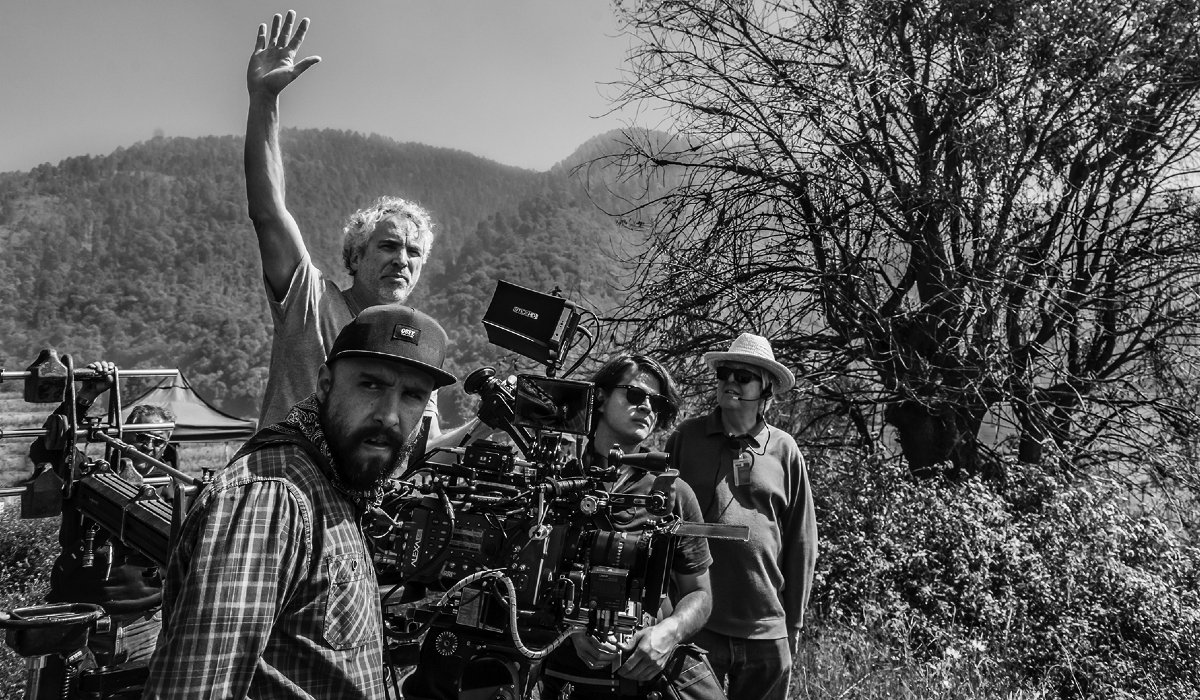
Truth Trumped Perfection On Roma
When framing one particular shot during the sequence of Roma where the family Cleo takes care of goes away for New Year’s, AlfonsoCuarón actually chose a different shot than the one that felt like a better cinematic fit. His reasoning was based in just that thought, as Cuarón felt that while the shot was “better,” it wasn’t true.
Much as the driving force of memory had Alfonso Cuarón aiming for a more authentic Roma experience, he didn’t want to feel like he was aiming for something too perfect. Or, worse, he didn’t want his shot to look like he was merely paying homage to something he saw before. With that in mind, he chose a different shot, leading to the sequence we saw in the final film.
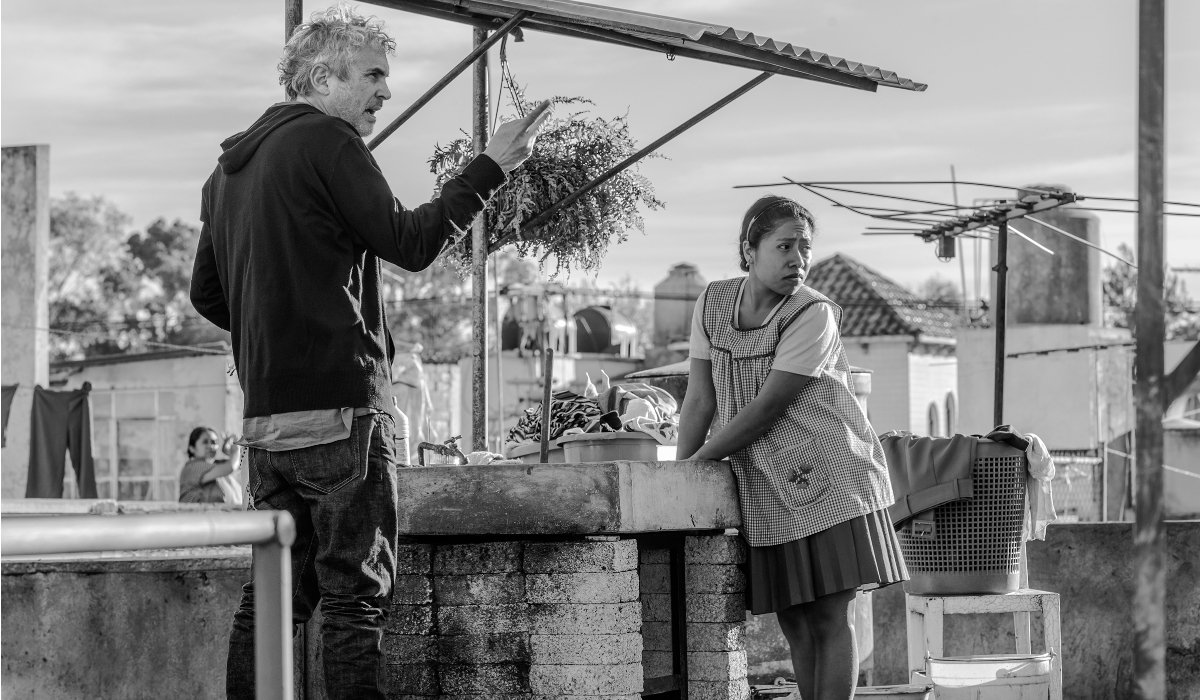
One Specific Roma Scene Helped Alfonso Cuarón Deal With Childhood Trauma
Filming one of the scenes where the father of the family at the center of Roma, Antonio (Fernando Grediaga,) leaves to the chagrin of his wife, Sofia (Marina de Tavira,) Alfonso Cuarón found himself in what he personally described as a foul mood. After taking a walk, and having a bit of an internal monologue, the reason became clear.
Cuarón credits that day on set as a moment where rather than judging his own father for being absent in his family life, he was actually trying to understand the emotions behind his actions. His directorial and story eye unconsciously upset him, as he had a bit of a breakthrough with his own past on set.
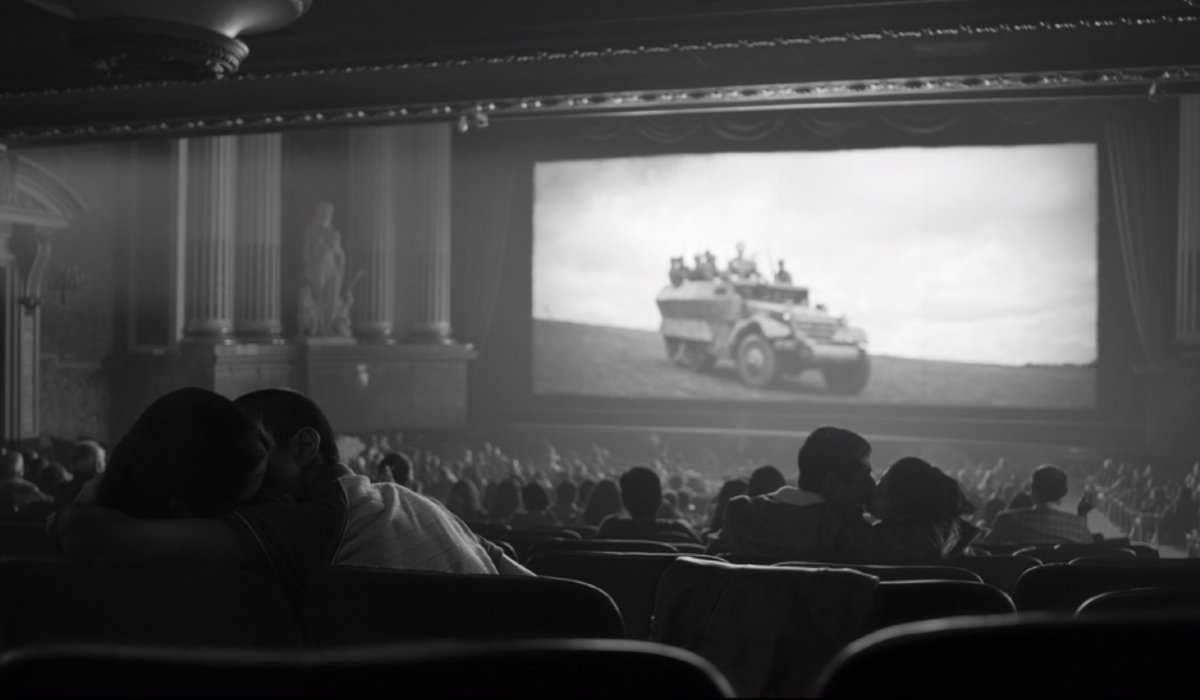
Alfonso Cuarón Had To Make Roma In Black And White
When it came to filming Roma, the vision for the actual visuals to the film were very much intended to be gorgeously modern, with extreme clarity. Alfonso Cuarón did not want to apply any sort of grainy texture to the look, and he almost made it a full screen ratio presentation as opposed to wide screen.
The one factor that never changed though was the fact that Roma was meant to be a black and white masterpiece. Cuarón stated that when he was planning out the film, it was the only way he could see the film. And so, the film was filmed with beautiful digital clarity, in glorious black and white.
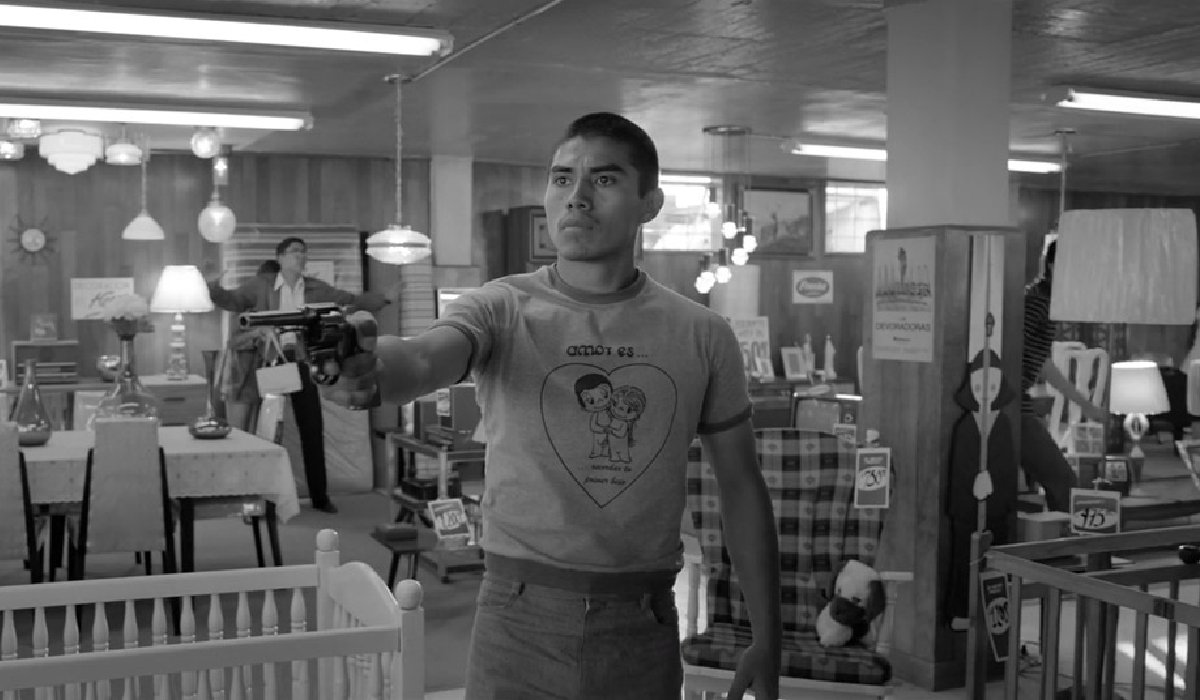
Two Specific Moments In Mexican History Also Inspired Roma’s Story
Describing Roma as a movie that deals with both “personal scars” as well as those scars inflicted upon the Mexican culture of Alfonso Cuarón’s childhood, the director mentions two specific historical events that influence the story he wanted to tell.
Both the Tlatelolco Massacre of October 2, 1968 and the Corpus Christi Massacre, also known as El Halconazo, of June 10, 1971 were instrumental to Roma’s actual narrative. Cuarón shows the latter event in the film, during the sequence where Cleo and Sofia are out shopping for baby furniture. That sequence came from the director’s childhood fascination with a photograph of that very furniture store during that event, which showcases onlookers witnessing the violence on the streets.
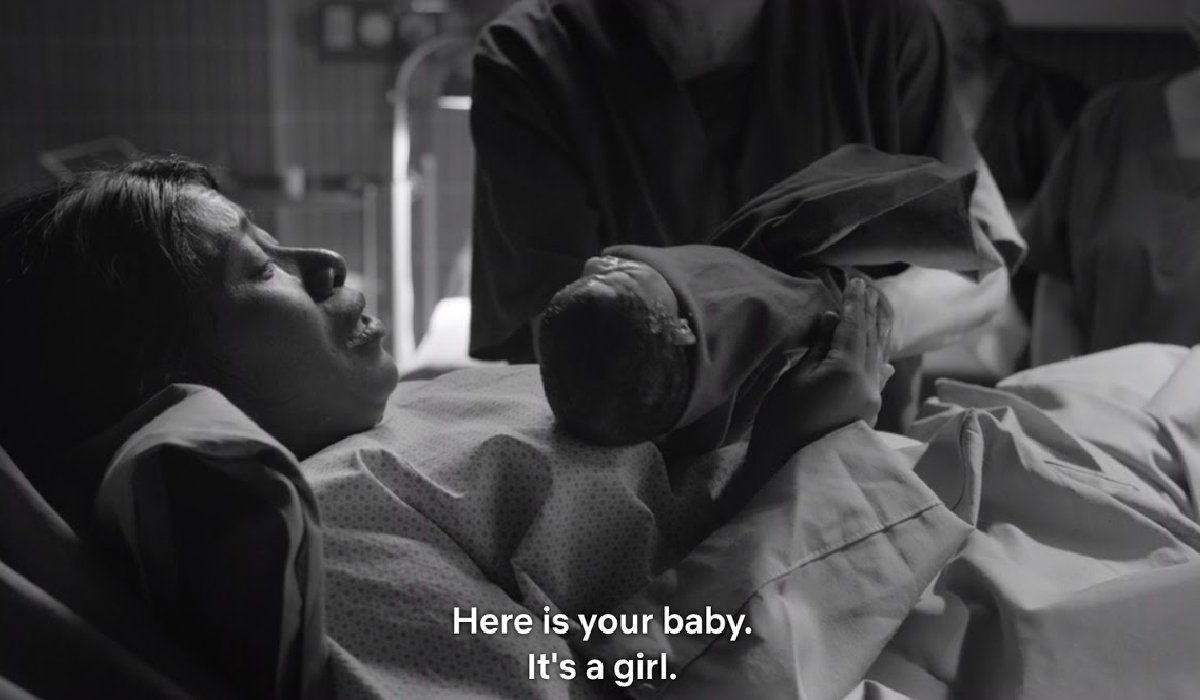
Cleo’s Reaction To Her Stillborn Baby Came Out Of Total Surprise
Tying back into the specific facts that Alfonso Cuarón not only refused to show the actors in Roma the complete script, but also insisted on casting actors professional and novice alike, the intense scene where Yalitza Aparicio’s Cleo delivers her stillborn baby was a surprise revealed to the actor on the day of filming.
Aparicio suspected they had a live baby waiting under her gurney for what would turn out to be one of Roma’s most iconic moments of heartbreak, but as the actual medical professionals cast in the film did their job, she learned the truth the same way Cleo did on screen. It yielded an amazing emotional response, and lead to Cuarón having to comfort Yalitza Aparicio after they cut.
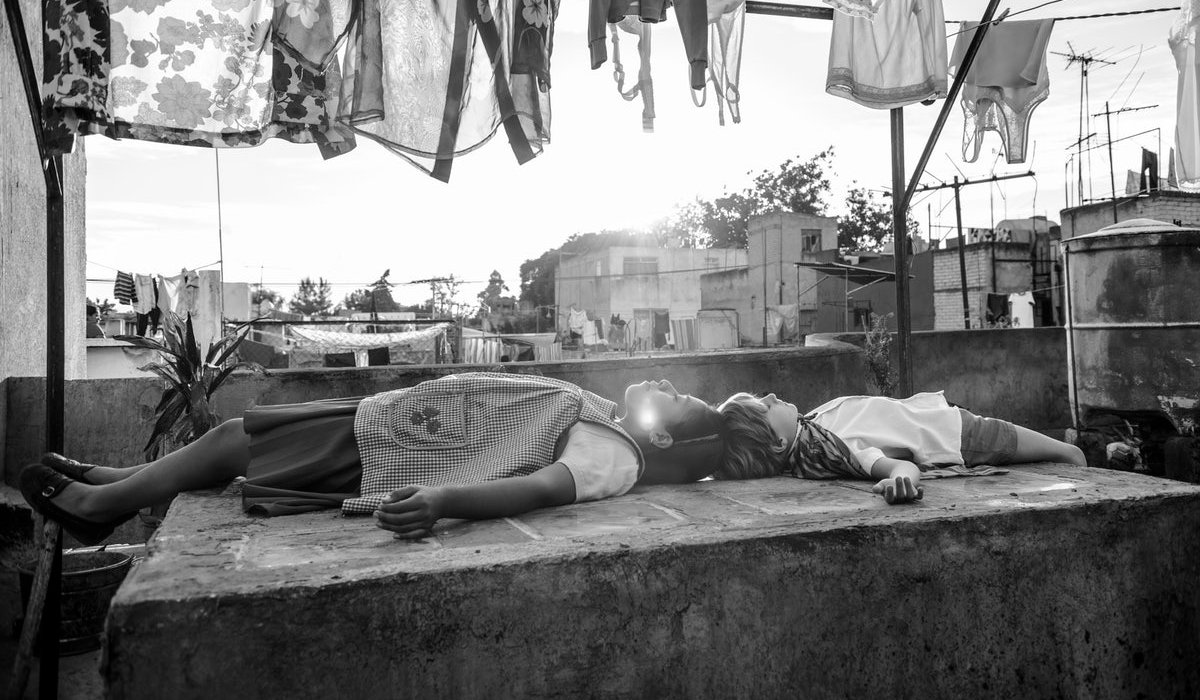
Roma, In Its Own Special Way, Is Alfonso Cuarón’s “First Film”
In a beautiful, final revelation during Road To Roma, Alfonso Cuarón emotionally proclaims that Roma is, in a very special way his first film. His exact remarks on the subject were as follows:
I would go as far as to say that Roma is my first film. It’s the first film that truly embodies the kind of cinema I aspire to make.
Telling a story of autobiographical importance, through a lens of historical events and personal memory, is something that definitely feels like a crowning achievement in Cuarón’s career. While he’s dealt with personal trauma in huge blockbuster capacity in the past, this more personal vision is one that brought out the best of Alfonso Cuarón yet again.
In turn, Road To Roma only heightens that achievement, as throughout a documentary that proudly shows the personal approach that Cuarón used to make Roma, we’re also allowed to see the creator behind this cinematic gem extoll the virtues of cinema, in every shape or form.
This documentary also serves as a great incentive to watch Roma, be it for a first or fifth time, after completing its winding journey through the production. If you’ve seen the film before, it only serves as a highlighter for those moments that Alfonso Cuarón’s personal touch really accentuated.
But if you’re new to the film, and don’t mind trading spoilers for some deeper context on what you’re about to watch, then viewing the documentary just might be a good idea. In either case, both Road To Roma as well as Roma are currently streaming on Netflix, ready to break your heart and lift your spirits in the most beautiful way possible.

Mike Reyes is the Senior Movie Contributor at CinemaBlend, though that title’s more of a guideline really. Passionate about entertainment since grade school, the movies have always held a special place in his life, which explains his current occupation. Mike graduated from Drew University with a Bachelor’s Degree in Political Science, but swore off of running for public office a long time ago. Mike's expertise ranges from James Bond to everything Alita, making for a brilliantly eclectic resume. He fights for the user.
